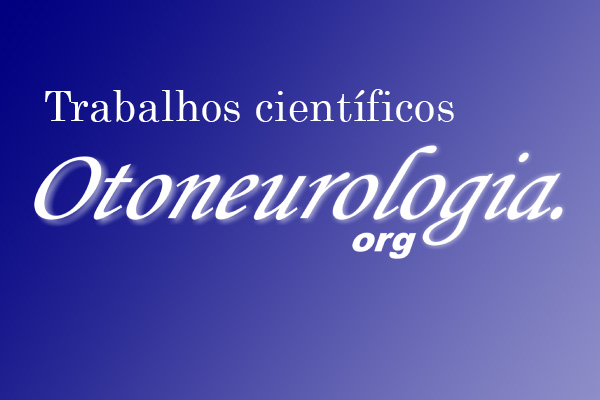AUTORES:
ABSTRACT
Background and purpose: Vertigo and dizziness are common complaints in emergency departments and primary care, and pose major diagnostic challenges due to their various underlying etiologies. Most supportive diagnostic algorithms concentrate on either identifying cerebrovascular events (CVEs) or diagnosing specific vestibular disorders or are restricted to specific patient subgroups. The aim of the present study was to develop and validate a comprehenisve algorithm for identifying patients with CVE and classifying the most common vestibular disorders.
Methods: The study was conducted within the scope of the “PoiSe” project (Prevention, Online feedback, and Interdisciplinary Therapy of Acute Vestibular Syndromes by e-health). A three-level algorithm was developed according to international guidelines and scientific evidence, addressing both the detection of CVEs and the classification of non-vascular vestibular disorders (unilateral vestibulopathy, benign paroxysmal positional vertigo, vestibular paroxysmia, Menière’s disease, vestibular migraine, functional dizziness). The algorithm was validated in a prospectively collected dataset of 407 patients with acute vertigo and dizziness presenting to the Emergency Department at the Ludwig-Maximilian University of Munich.
Results: The algorithm assigned 287 of 407 patients to the correct diagnosis, corresponding to an overall accuracy of 71%. CVEs were identified with high sensitivity of 94%. The six most common vestibular disorders were classified with high specificity, above 95%. Random forest identified presence of a paresis, sensory loss, central ocular motor and vestibular signs (HINTS [head impulse test, nystagmus assessment, and test of skew deviation]), and older age as the most important variables indicating a cerebrovascular event.
Conclusions: The proposed diagnostic algorithm can correctly classify the most common vestibular disorders based on a comprehensive set of key questions and clinical examinations. It is easily applied, not limited to subgroups, and might therefore be transferred to broad clinical settings such as primary healthcare.
Veja o texto completo em: https://onlinelibrary.wiley.com/doi/10.1111/ene.15448




